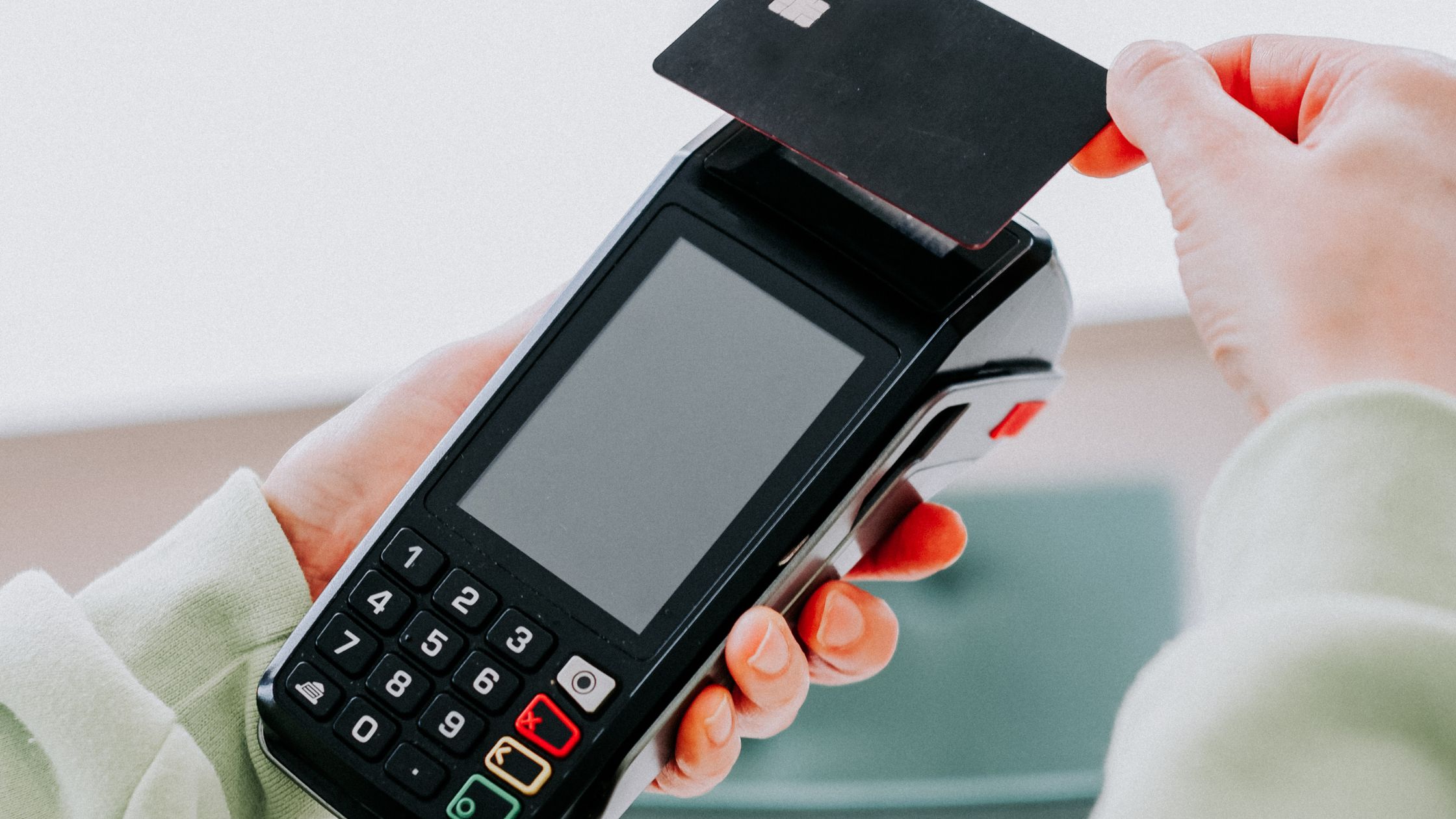Every business needs a reliable point-of-sale system, but constant fees can quickly become a burden. By learning how to set up a free POS, you gain full control without being locked into subscriptions or restrictive vendors. Open-source solutions like Floreant POS make it easy to download, install, and start using a complete POS system in no time. In this guide, we’ll walk you through the process step by step—from setup and customization to training your team.

Table of Contents
1. Why Choosing a Free POS Makes Sense
2. Who Benefits from a Free POS System
3. What to Expect from a Free POS Setup
4. Step-by-Step Guide: How to Set Up a Free POS with Floreant
5. Extending Functionality Over Time
6. Common Setup Pitfalls (and How to Avoid Them)
7. Conclusion
1. Why Choosing a Free POS Makes Sense
Many small businesses and startups need essential POS tools—like touch-screen order entry, sales tracking, and secure cash drawer control—without the burden of monthly costs. By learning how to set up a free POS, you get all the core features upfront with complete transparency. Open-source platforms give you access to the source code, allowing you to adjust and grow your system as your business changes, instead of being stuck with restrictive proprietary software. Learn more about Customizable POS Software for Restaurants.
2. Who Benefits from a Free POS System
This type of setup works best for:
A. Small restaurants, cafés, and food trucks that need a flexible, reliable POS without complicated installation.
B. Retail shops or kiosks that operate offline but still want accurate digital sales tracking.
C. Businesses that prefer full ownership of their hardware and software, with the option to scale or upgrade later.
By following a clear, step-by-step guide, you can quickly learn how to set up a free POS and give your business smooth, hassle-free control.

3. What to Expect from a Free POS Setup
You can expect features like:
I. A simple download package (usually a ZIP file) that avoids complex installation steps.
II. A ready-to-use system with a built-in local database for smooth offline performance.
III. Clean admin and front-end interfaces to handle daily orders, staff roles, and permissions with ease.
IV. Essential reporting tools that track sales and provide quick performance insights.
Now, let’s go step by step and see how to set up a free POS using Floreant POS as a practical example.
4. Step-by-Step Guide: How to Set Up a Free POS with Floreant
4.1 Download & Launch
Start by downloading the latest ZIP version of Floreant POS from the official website. Since the package already includes its own database, installation is simple—just unzip the folder. To launch, either double-click the floreantpos.jar file or run it through the command line using java -jar floreantpos.jar.
4.2 Initial Configuration
When you open the software for the first time, log in using the default admin account (username: admin, password: 1111). From there, access the back office and set up your store details such as store name, terminal IDs, and payment options. This is the foundation of how to set up a free POS correctly.
4.3 Setting Up the Back Office
Inside the admin dashboard, define menu categories, individual items, and modifiers. This is also where you assign employee roles and permissions, ensuring that each team member has secure and appropriate system access.
4.4 Connecting Hardware
Next, connect your hardware devices. Open the peripherals section in the back office to configure receipt printers, card readers, and cash drawers. Floreant POS supports a wide variety of hardware—just make sure the correct drivers are installed.
4.5 Customizing Menus & Roles
Personalize your POS by adding products, applying tax settings (like VAT or per-item tax), and creating categories that reflect your business. You can also adjust layouts, order workflows, and staff roles to match your daily operations.
4.6 Testing & Going Live
Finally, test the system before going live. Place a sample order and process a transaction to confirm everything works smoothly. Floreant POS offers a “90-second install” mode, showing just how quickly you can be fully operational once you know how to set up a free POS.
5. Extending Functionality Over Time
Once you finish installing, you can continue improving your POS as your business grows. Floreant POS supports plugins that add powerful features such as inventory management, delivery tracking, and even floor planning for restaurants. Since the software is built on Java, it runs smoothly on Windows, Mac, Linux, and even lightweight systems like Raspberry Pi. Best of all, because you have full access to the source code, you can customize and adapt the application to match your unique business needs over time. This flexibility is one of the biggest advantages of learning how to set up a free POS with an open-source platform.
6. Common Setup Pitfalls (and How to Avoid Them)
- File associations – If your operating system opens .jar files as compressed archives, the POS application may not run correctly and could get corrupted. Always launch the file using Java to ensure smooth operation.
- Multi-terminal setup – For businesses running more than one terminal, switch to Derby server mode instead of relying only on the embedded database.
- Backup routine – Because the system runs locally, set up a regular backup process for the unzipped folder or database files. This keeps your data safe and recoverable in case of hardware issues.

7. Conclusion
Learning how to set up a free POS gives your business the freedom to run on your terms—without recurring fees or vendor restrictions. With open-source platforms like Floreant POS, you can launch quickly, operate offline, customize features, and adapt the system as your business grows.
If you’re looking for a flexible, future-ready solution, explore Floreant POS by OROCUBE LLC at Floreant POS and take the first step toward complete POS control.






